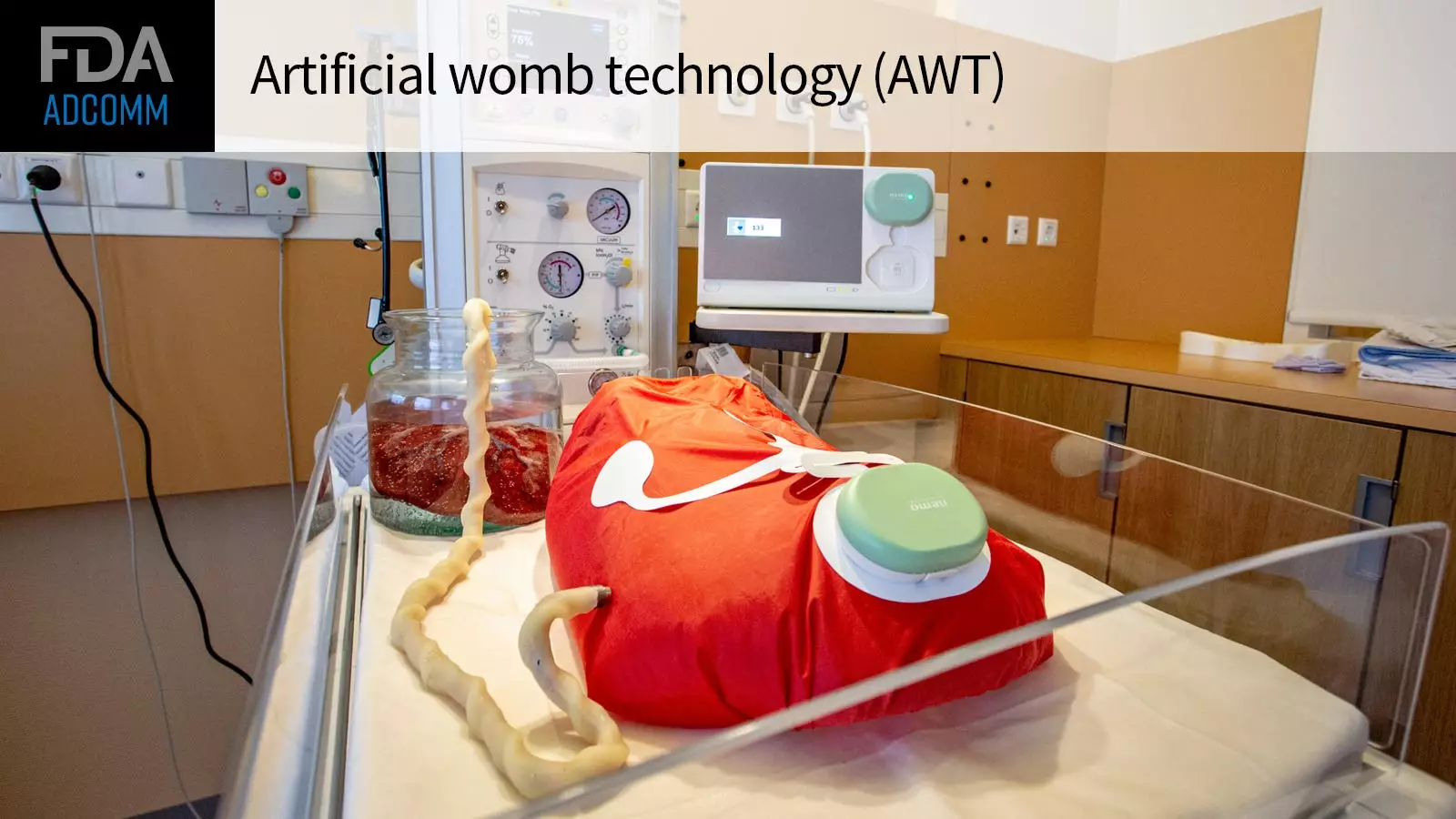The FDA has expressed concerns regarding the potential human testing of artificial womb technology (AWT), a device designed to simulate a womb for extremely premature infants. These concerns were highlighted in briefing documents released ahead of a Pediatric Advisory Committee meeting scheduled for next week. Given the increased risks of mortality and morbidity among extremely premature infants, AWT devices offer a promising solution by providing a physiologic environment that replicates the womb and aims to reduce prematurity-associated morbidity associated with standard neonatal intensive care unit (NICU) care. However, before moving forward with human trials, the FDA has posed several important points for discussion.
One of the primary concerns raised by FDA reviewers relates to the need for additional data to validate the effectiveness of AWT. Large animal models have already been used in studies conducted by various research institutions, including the University of Michigan, Tohoku University, and the University of Western Australia. These studies involved the use of lambs and miniature pigs to analyze the feasibility of AWT. While these animal models have provided valuable insights, there is still a need for additional data to inform the proof of concept and assess the strengths and weaknesses of such models.
The FDA also emphasizes the importance of identifying knowledge gaps that could be addressed through nonclinical studies. By conducting these studies, researchers can gain a better understanding of the potential risks and benefits associated with AWT. Furthermore, the existing data must be thoroughly evaluated to determine whether it is sufficient to support first-in-human studies. To ensure patient safety, it is crucial to establish guidelines that govern the use of AWT and obtain informed consent from participants. The panel will discuss these requirements in detail.
Given that AWT involves neonatal patients, there are ethical considerations that must be thoroughly addressed. Any trial involving neonates must carry minimal risk, and the investigational device must offer a prospect of direct clinical benefit to the child. The anticipated benefit-risk profile must be at least as favorable as that presented by accepted alternative treatments. Therefore, before embarking on a first-in-human trial, there must be substantial data demonstrating that AWT would provide benefits comparable to the current NICU standard of care.
The FDA staff has outlined several necessary components to be included in a first-in-human study on AWT. These components include a robust plan for safety monitoring and adverse event reporting, pre-established individual and study stopping rules, oversight by an independent Data and Safety Monitoring Board (DSMB), endpoints to evaluate the clinical effectiveness of the treatment, and an effective informed consent process. All these measures are essential to ensure the safety and well-being of the participants and to properly evaluate the potential of AWT.
While the potential of artificial womb technology to address the specific needs of extremely premature infants is promising, there are several concerns and ethical considerations that need to be thoroughly addressed. This requires additional data from nonclinical studies, a comprehensive evaluation of the existing data, and the establishment of guidelines that prioritize patient safety and informed consent. By ensuring the adequacy of these measures and addressing the FDA’s concerns, researchers can pave the way for the safe and ethical development of artificial womb technology.


Leave a Reply